Winner Announcement
June 10, 2025
Judging Date
May 18, 2026
Registration Opens
August 1, 2025
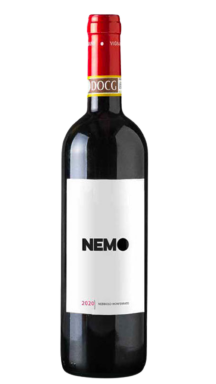
Nebbiolo
Vintage 2022
94 Points
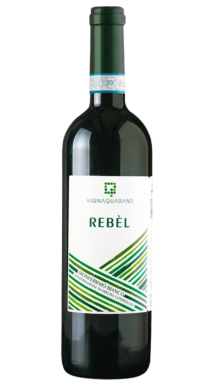
Arneis
Vintage 2023
94 Points
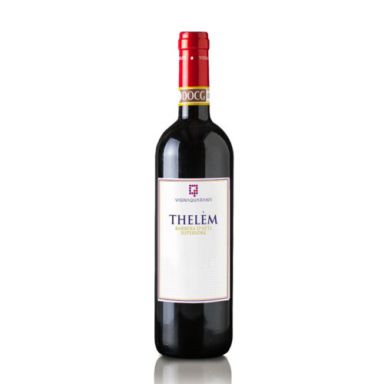
Barbera
Vintage 2020
86 Points
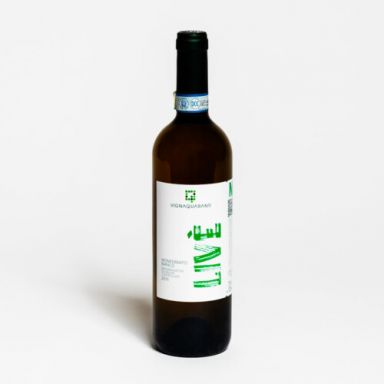
Others
Vintage 2022
82 Points
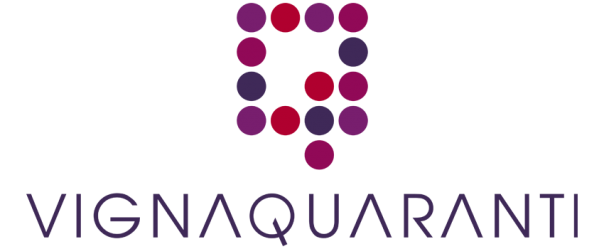
Located in the province of Asti, Vignaquaranti produces six wines that exemplify the territory's richness and heritage. We've been practicing organic winemaking since 2022 and will be certified organic in 2025. Below, I've included a brief background of the vineyard and wines. You can also find the tech sheets located here.
We were recently reviewed by JancisRobinson.com, the Annuario dei migliori vini italiani 2025, and won a Gold award from La Guida Di Nebbiolo Nel Cuore.
The Story of Vignaquaranti:
Vignaquaranti: According to historical sources, the origin of the toponym Quaranti indicates the foundation of a village by forty Roman freedmen. On this same territory chosen by free men for their settlement, an agricultural company, Vignaquaranti, was born from three friends looking to respect and honor this land.
Started in 2009, Vignaquaranti represents the friendship of Pietro Cioli, Francesco Baghi, and Guido Natale. Joined by winemaker Guido Beltrami, they set out to showcase their territory's strength, scientific knowledge, and understanding of Milanese urban culture. They wanted to create a wine that was not only pleasant to drink but also a refined product of Italian excellence, to be improved with experience and research.
The Vineyards:
The vineyards of Vignaquaranti extend into the territory surrounding the Municipality of Quaranti, in the southern tip of the Monferrato Astigiano, which flanks the Langhe. The area is known as the lands of great wines, the so-called "white lands" with calcareous and sandy-loam soils that give the wine typicity and a unique quality. The fertility of these lands is indicated by the etymology of the name Monferrato, which means "fertile mountain."
The Wines:
On the five hectares of land owned in Castelletto Molina, the red wines produced are:
The white wines are:
Vineyard Management:
The vineyard's management combines traditional manual and mechanical work experience with respect for the environment, controlled grassing, and green manure.
The low yields per hectare favor high-quality grapes, which are harvested manually in crates and carefully sorted. Vinification with maceration and controlled temperatures is complemented by the limited use of sulfites. The non-invasive processes enhance the grapes' potential and the wines' organoleptic qualities.
In 2022, the decision was made to cultivate and produce organically, with the expected certification in 2025. This was a natural evolution of the initial choices to use low sulfites in processing and dedicate extreme attention to sustainable production without chemical additions or aggressive processes.